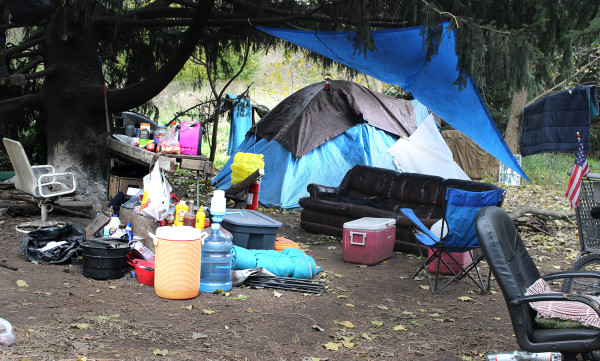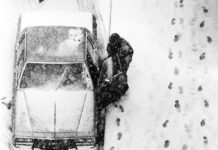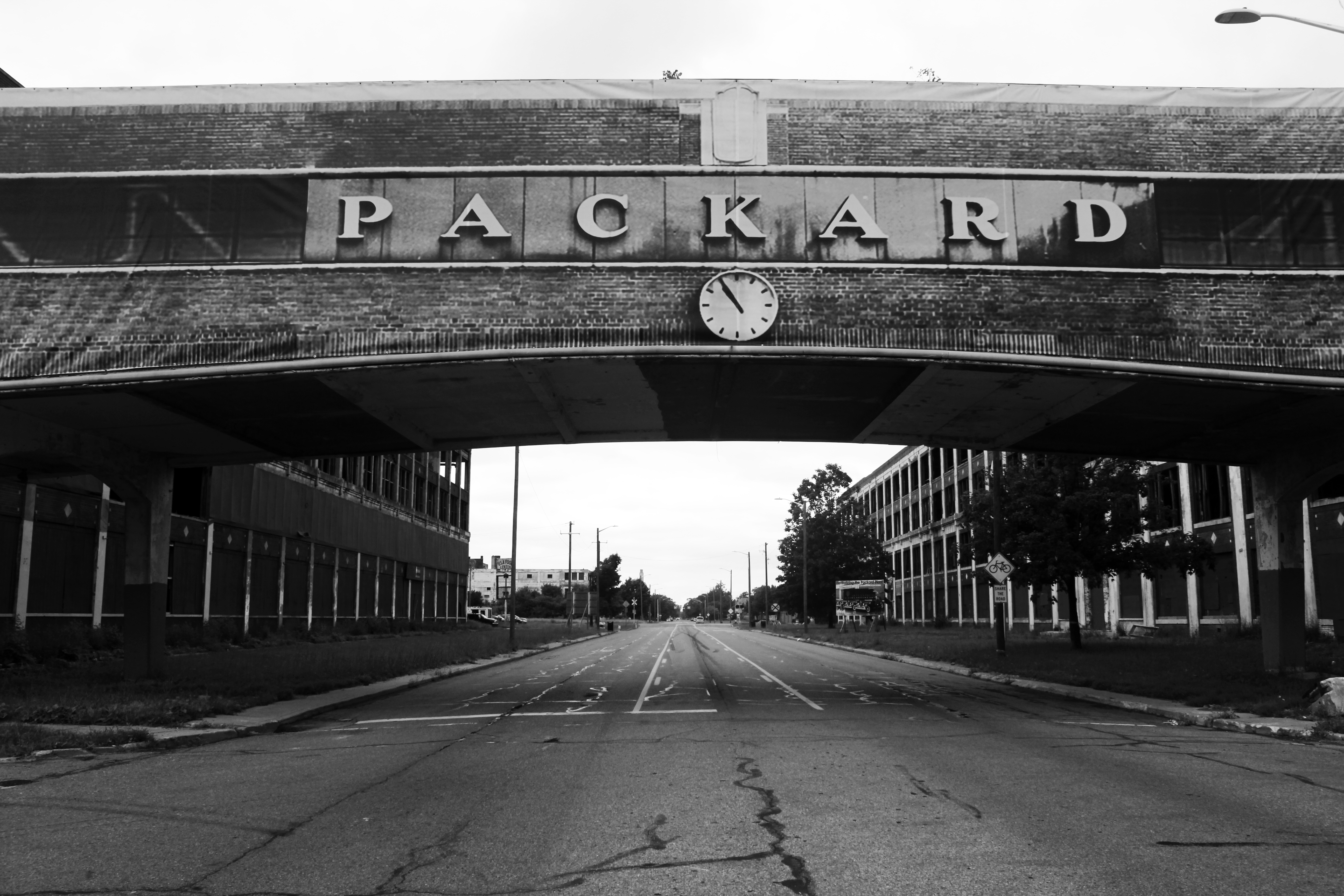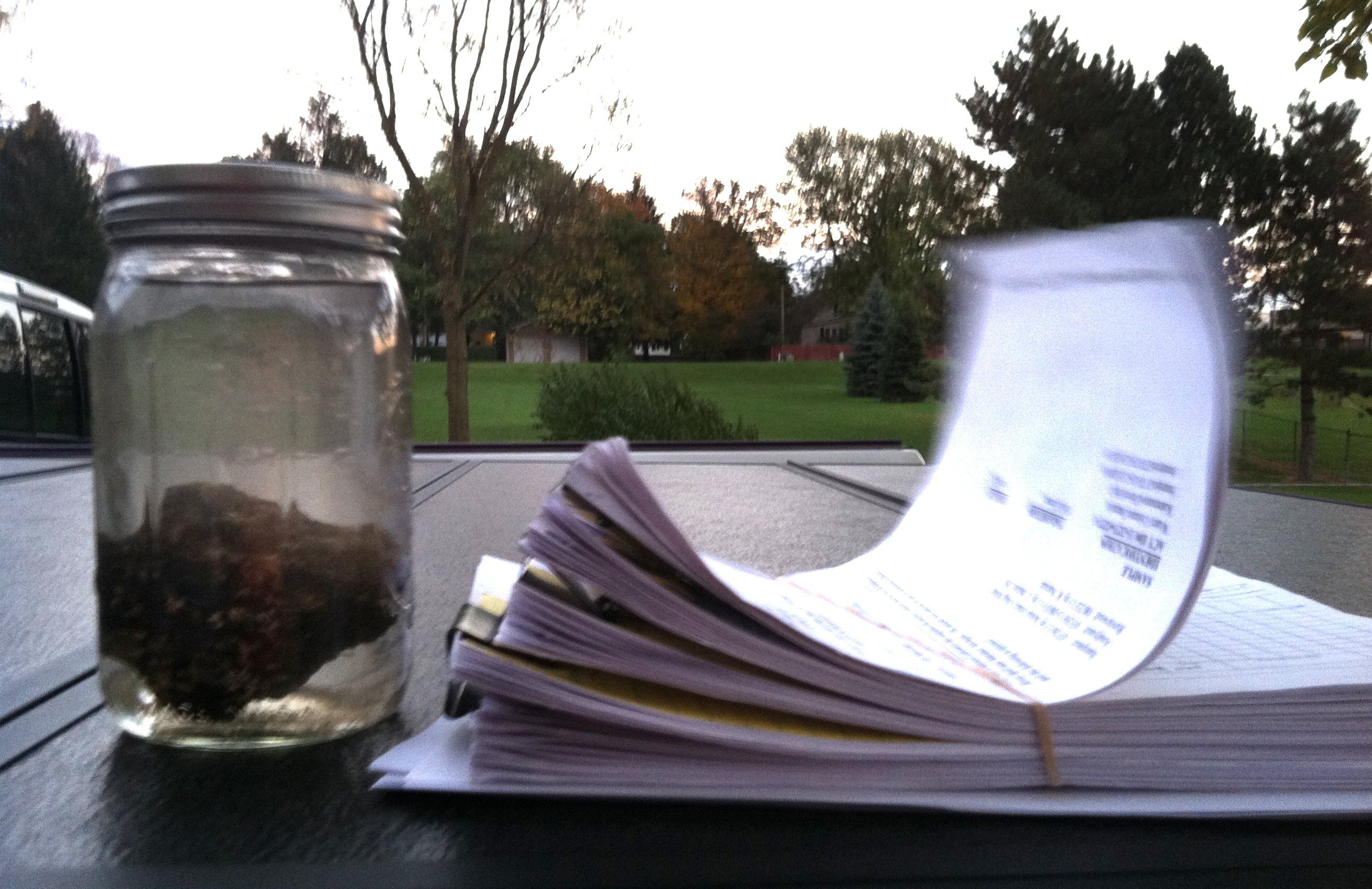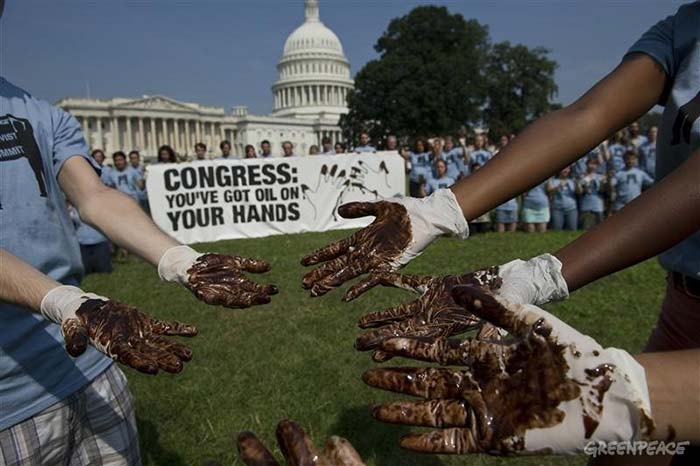Scott Sines, ©The Green Rocket News
Craig Ritter is thigh deep in the Kalamazoo on a cold October day. Waders and rubber gloves protect him as he trolls the river bottom for tar balls. In minutes he has several.
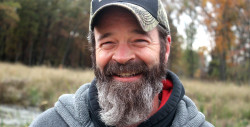
Explaining the difference between a tar ball and a river rock, he pulls a rounded potato shaped rock from the bottom and smashes it against a concrete retaining wall. The rock thuds but is undisturbed. He pulls up a tar ball, smashes it against the wall and it crumbles into a coarse, sandy tar mix. “I’m worried about the kids. You know they’ll pick this stuff up and play with it,” he says, using a tar ball to write the word “HI” on the embankment.
In the first days of the spill Ritter used a piece of paper to collect oil samples. An avid outdoorsman, he started noticing tar balls on the river bottom. Working with the Analytical Testing Labs of Mobile, Alabama, he arranged to have the paper sample, the tar balls and a water column sample analyzed. Analytical Chemical Their analysis was peer reviewed by Geolabs of Braintree, Massachusetts.
The three samples indicate the presence of Corexit, a widely used and highly toxic dispersant. “The compounds present in the water column and in the tar balls … from the Kalamazoo River Spill of 2010, showed resulting compounds that are clearly identical to the compounds produced from mixing Corexit … with crude oil, as in the BP Oil Spill. It is blatantly clear that surfactants were used … and the resulting compounds … mimic those formed and still present in … the BP spill,” according to the report.
Recent studies have shown that the use of Corexit greatly amplifies the toxicity of oil in water. Widely used during the Exxon Valdez oil spill in Alaska, nearly all of the cleanup workers involved in the spill have died, according to a CNN report.
Concerns about the long lasting health effects of exposure to Corexit led the watchdogs at the Government Accountability Project to investigate and release a report in April 2013 detailing “… the devastating long-term effects on human health and the Gulf of Mexico ecosystem stemming from BP and the federal government’s widespread use of the dispersant Corexit, in response to the 2010 Deepwater Horizon oil spill.”
Corexit is approved and endorsed by the EPA but has been banned for use on oil spills in the UK since 1988. Sweden has also banned its use.
Enbridge’s march across Michigan and Indiana will continue. It has approval to replace the remaining segments of Line 6B. They’ve been delayed by some
permitting issues but plan to have everything in place sometime in 2014. Rights of way agents will once again be knocking on doors to deliver the news of additional property takings. Owners will be faced with accepting “after the bubble burst” fair market values or fighting. Environmental groups are already forming in Indiana, Michigan, Arkansas and Texas who are opposed to further transportation of diluted bitumen oil.

Three and a half years after the spill, the EPA has ordered Enbridge back to the area for more cleanups. The dredging has stirred the sediment, releasing oil. Salmon were visible swimming beneath the sheens on the river near the camp.
Camp residents reported no illnesses associated with the spill. They say they don’t use water from the river, or eat the fish. Yet, there were clothes hanging on a line, and on the river bottom nearby were three salmon skeletons. They just don’t want any trouble. The fight is out of them.